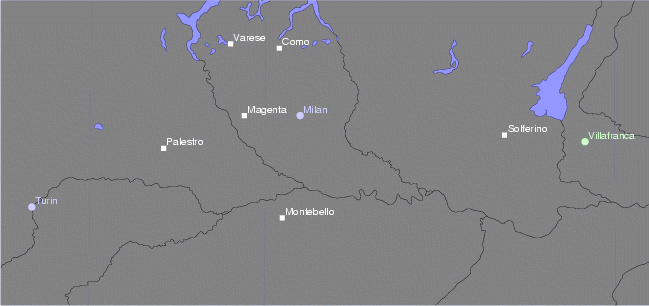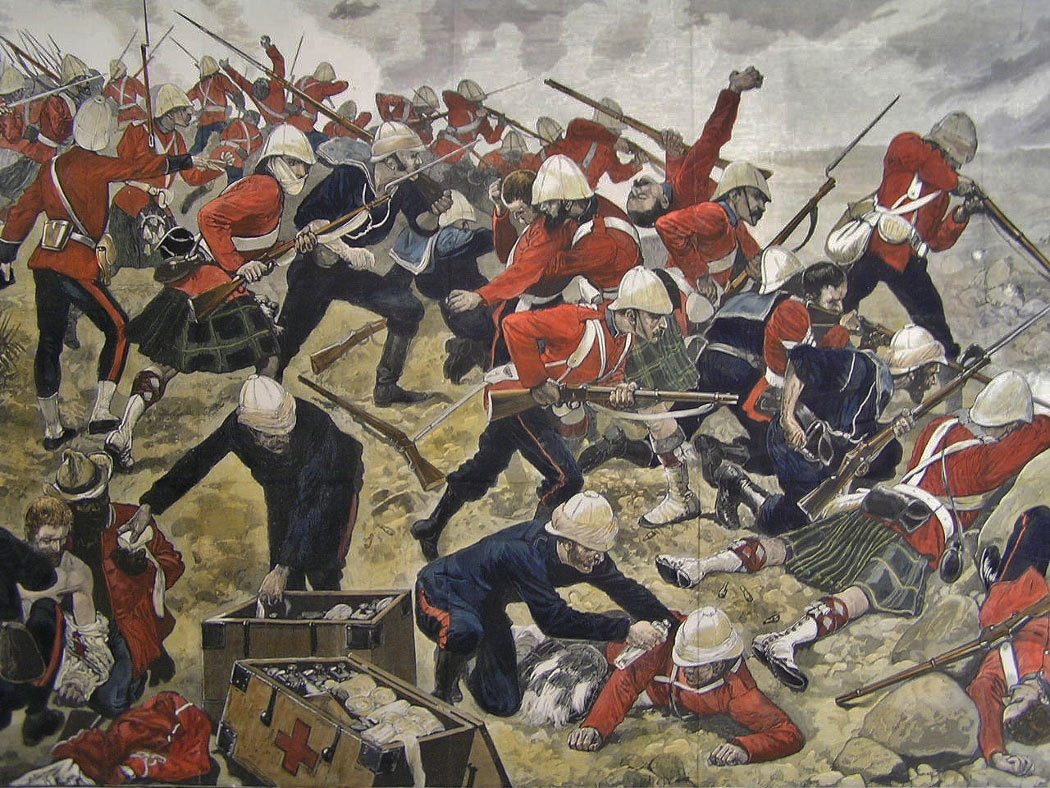|
Bedřich Silva-Tarouca
Count Bedřich Silva-Tarouca (; 11 December 1816, Čechy pod Kosířem – 23 June 1881, Brno) was a Czech Catholic priest; descended from a noble Moravians, Moravian family of Portuguese ancestry. In additional to his priestly duties, he was a journalist and a patron of the arts; involved in collecting, conservation and restoration. Biography His great-grandfather was , a Portuguese nobleman who was a close friend and unofficial advisor to the Empress Maria Theresa. He was the third son of , who was originally devoted to a military career, but resigned to join the landed gentry. From 1834 to 1838, he studied philosophy, then spent a year studying theology at Palacký University Olomouc, Palacký University in Olomouc. From 1841 to 1843, he continued his studies in Brno. In 1847, he renounced his inheritance in favor of his younger brother, Augustus (1818-1872). During these years, from 1835 to 1838, he also took courses in landscape painting from Professor Antonín Mánes at ... [...More Info...] [...Related Items...] OR: [Wikipedia] [Google] [Baidu] |
Second Italian War Of Independence
The Second Italian War of Independence, also called the Sardinian War, the Austro-Sardinian War, the Franco-Austrian War, or the Italian War of 1859 (Italian: ''Seconda guerra d'indipendenza italiana''; German: ''Sardinischer Krieg''; French: ''Campagne d'Italie''), was fought by the Second French Empire and the Kingdom of Sardinia (1720–1861), Kingdom of Sardinia against the Austrian Empire in 1859 and played a crucial part in the process of Italian Unification. A year prior to the war, in the Plombières Agreement, France agreed to support Sardinia's efforts to expel Austria from Italy in return for territorial compensation in the form of the Duchy of Savoy and the County of Nice. The two states signed a military alliance in January 1859. Sardinia mobilised its army on 9 March 1859, and Austria mobilized on 9 April. On 23 April, Austria delivered an ultimatum to Sardinia demanding its demobilization. Upon Sardinia's refusal, the war began on 26 April. Austria invaded Sardin ... [...More Info...] [...Related Items...] OR: [Wikipedia] [Google] [Baidu] |
Czech Art Collectors
Czech may refer to: * Anything from or related to the Czech Republic, a country in Europe ** Czech language ** Czechs, the people of the area ** Czech culture ** Czech cuisine * One of three mythical brothers, Lech, Czech, and Rus *Czech (surname) *Czech, Łódź Voivodeship, Poland *Czechville, Wisconsin, unincorporated community, United States See also * Čech, a surname * Czech lands * Czechoslovakia * List of Czechs * * * Check (other) * Czechoslovak (other) * Czech Republic (other) * Czechia (other) Czechia is the official short form name of the Czech Republic. Czechia may also refer to: * Historical Czech lands *Czechoslovakia (1918–1993) *Czech Socialist Republic (1969–1990) *Protectorate of Bohemia and Moravia (1939–1945) See also ... {{disambiguation Language and nationality disambiguation pages ... [...More Info...] [...Related Items...] OR: [Wikipedia] [Google] [Baidu] |
1881 Deaths
Events January * January 1– 24 – Siege of Geok Tepe: Russian troops under General Mikhail Skobelev defeat the Turkomans. * January 13 – War of the Pacific – Battle of San Juan and Chorrillos: The Chilean army defeats Peruvian forces. * January 15 – War of the Pacific – Battle of Miraflores: The Chileans take Lima, capital of Peru, after defeating its second line of defense in Miraflores. * January 24 – William Edward Forster, chief secretary for Ireland, introduces his Coercion Bill, which temporarily suspends habeas corpus so that those people suspected of committing an offence can be detained without trial; it goes through a long debate before it is accepted February 2. Note that Coercion bills had been passed almost annually in the 19th century, with a total of 105 such bills passed from 1801 to 1921. * January 25 – Thomas Edison and Alexander Graham Bell form the Oriental Telephone Company. February * Febru ... [...More Info...] [...Related Items...] OR: [Wikipedia] [Google] [Baidu] |
1816 Births
This year was known as the '' Year Without a Summer'', because of low temperatures in the Northern Hemisphere, possibly the result of the 1815 eruption of Mount Tambora in Indonesia, causing severe global cooling, catastrophic in some locations. Events January–March * January 6 – (December 25, 1815 on the Russian Julian calendar): Tsar Alexander I of Russia signs an order, expelling the Jesuits from St. Petersburg and Moscow. * January 9 – **Sir Humphry Davy's Davy lamp is first tested underground as a coal mining safety lamp, at Hebburn Colliery in northeast England; **Ludwig van Beethoven wins the custody battle for his nephew Karl. * January 17 – Fire nearly destroys the city of St. John's, Newfoundland. * February 10 – Friedrich Karl Ludwig, Duke of Schleswig-Holstein-Sonderburg-Beck, dies and is succeeded by Friedrich Wilhelm, his son and founder of the House of Glücksburg. * February 20 – Gioachino Rossini's opera buffa ''The Barber of Sevill ... [...More Info...] [...Related Items...] OR: [Wikipedia] [Google] [Baidu] |
Joseph Bergler
Joseph Bergler the Younger (1 May 1753 – 25 June 1829) was a painter, author of numerous etchings, and director of the Prague Academy. Life Bergler was born in Salzburg, the son of sculptor Joseph Bergler the Elder (1718–1788) who instructed his son. He moved to Italy in 1776 and studied under Martin Knoller in Milan and Anton von Maron in Rome. He lived at the Piazza di Spagna, sharing a place with Felice Giani, Franz Caucig, and others. He also became acquainted with Maron's brother-in-law, Anton Raphael Mengs, as well as Gavin Hamilton and Giovanni Volpato. In 1786, he returned to live with his parents in Passau. In 1800 he moved to Prague, where he helped to found the Akademie der bildenden Künste at the Clementinum, and became its first director. Bergler taught Antonín Machek lithography and other graphic techniques. Friedrich von Amerling was also a student. The sculptor Wenzel Prahner became a close friend. During his sojourn in Rome he made a particular study of ... [...More Info...] [...Related Items...] OR: [Wikipedia] [Google] [Baidu] |
Antonín Chittussi
Antonín Chittussi (1 December 1847 in Ronov nad Doubravou – 1 May 1891, Prague) was a Czech Impressionism, Impressionist landscape and cityscape painter. Early life Chittussi was born to an Italian father from a merchant family who lived in Ferrara, and moved to Bohemia during the Napoleonic Wars. Settling in Ronov, he married an innkeeper and later served as Mayor. Initially, Chittussi was expected to follow in the family business, but displayed an aptitude for art, which was noticed by his grammar school teachers in Čáslav, so he was sent to Kutná Hora where he studied drawing with František Bohumír Zvěřina. At the age of eighteen, Chittussi went to Prague, with the intent to study engineering. He enrolled at the Academy of Fine Arts, Prague, Academy of Fine Arts instead, but unhappy with the courses being offered and went to Munich instead. Chittussi went to Vienna for military service, where he obtained a deferral, and briefly enrolled at the Academy of Fine Arts ... [...More Info...] [...Related Items...] OR: [Wikipedia] [Google] [Baidu] |
Josef Vojtěch Hellich
Josef Vojtěch Hellich (17 April 1807 – 22 January 1880) was a Czech painter and archaeologist known mainly for religious works and historical scenes. Biography Hellich was born in Choltice. He attended the Academy of Fine Arts, Prague, where he studied with Joseph Bergler, and the Academy of Fine Arts, Munich. This was followed by an extended study and work trip to Italy, Switzerland, France and England. He returned to Prague in 1840 and established a successful studio. With a recommendation from František Palacký, he became involved in the activities of the National Museum; becoming custodian and documentarian for the new archaeological collections. In the following years, he gathered items for the museum from Kouřim, Žatec, Tábor and České Budějovice; including ornaments from prehistoric burial sites. Then, with the assistance of Professor Jan Erazim Vocel, the works were classified and described. Later, he illustrated Vocel's ''O starožitnostech českých a o p ... [...More Info...] [...Related Items...] OR: [Wikipedia] [Google] [Baidu] |
Václav Mánes
Václav Mánes (c. 1793 – 31 January 1858) was a Czech painter. He was the brother of Antonín Mánes and uncle of Quido and Josef Mánes and Amalie Mánesová, all of whom were also painters. Little is known of him; even the date of his birth is uncertain. He never married; living and working in Antonín's household for the duration of his career. Life and work He initially studied at a piarist school. Later, he was enrolled at the Academy of Fine Arts, where he studied with Joseph Bergler. In 1829, he was awarded the Klárovo Scholarship and spent the next three years living and working in Rome, where his chief companions were members of the Nazarenes. Stylistically, his work hovered somewhere between neoclassicism and Romanticism. He served as interim director of the Prague Academy from 1835 to 1836 and again in 1840. He won some acclaim for his depictions of scenes from the Bible, and painted portraits as well. After 1835, he was also a member of "" (Beautiful Unity) ... [...More Info...] [...Related Items...] OR: [Wikipedia] [Google] [Baidu] |
Moravian Gallery In Brno
The Moravian Gallery in Brno () is the second largest art museum in the Czech Republic, established in 1961 by the merging of two older institutions. It is in five buildings: Pražák Palace, Governor's Palace, Museum of Applied Arts, Jurkovič House and Josef Hoffmann Museum. Since 1963 the gallery has organized the International Biennial of Graphic Design Brno (). Selected collection highlights Johann Georg Platzer - Der Raub der Sabinerinnen.jpg, Johann Georg Platzer Peter Paul Rubens - Head of Medusa (Brno).jpg, Peter Paul Rubens Pražák Palace The Pražák Palace contains the headquarters of the Moravian Gallery in Brno. The building was designed by Theophil von Hansen and built for the Brno politician Alois Pražák in 1873–1874. It houses both permanent and temporary exhibitions, as well as a specialist library and study room, open to the public since 1883. Governor's Palace An Augustinian monastery was built on this site in the mid-14th century, but was subst ... [...More Info...] [...Related Items...] OR: [Wikipedia] [Google] [Baidu] |
Czech Academy Of Sciences
The Czech Academy of Sciences (abbr. CAS, , abbr. AV ČR) was established in 1992 by the Czech National Council as the Czech successor of the former Czechoslovak Academy of Sciences and its tradition goes back to the Royal Bohemian Society of Sciences (founded in 1784) and the Emperor Franz Joseph Czech Academy for Sciences, Literature and Arts (founded in 1890). The academy is the leading non-university public research institution in the Czech Republic. It conducts both fundamental and strategic applied research. It has three scientific divisions, namely the Division of Mathematics, Physics, and Earth science, Earth Sciences, Division of Chemistry, Chemical and life science, Life Sciences, and Division of Humanities and Social Sciences. The academy currently manages a network of sixty research institutes and five supporting units staffed by a total of 6,400 employees, over one half of whom are university-trained researchers and Ph.D. scientists. The Head Office of the academy a ... [...More Info...] [...Related Items...] OR: [Wikipedia] [Google] [Baidu] |






